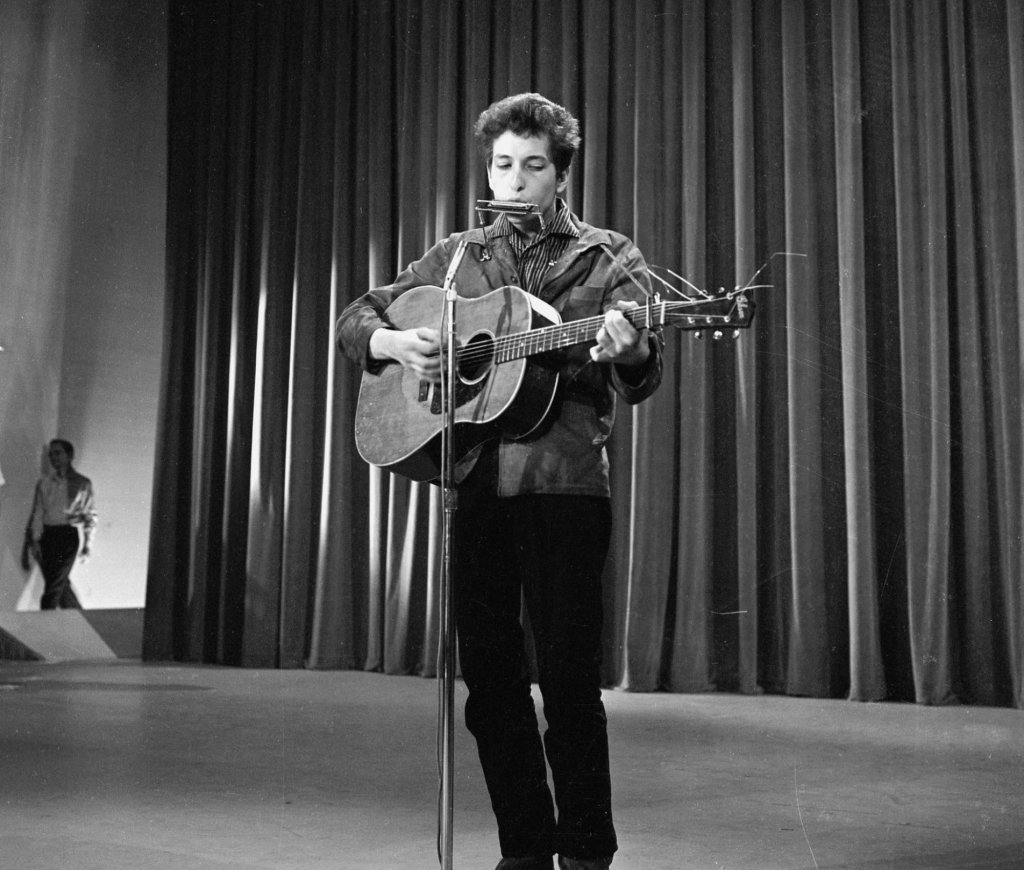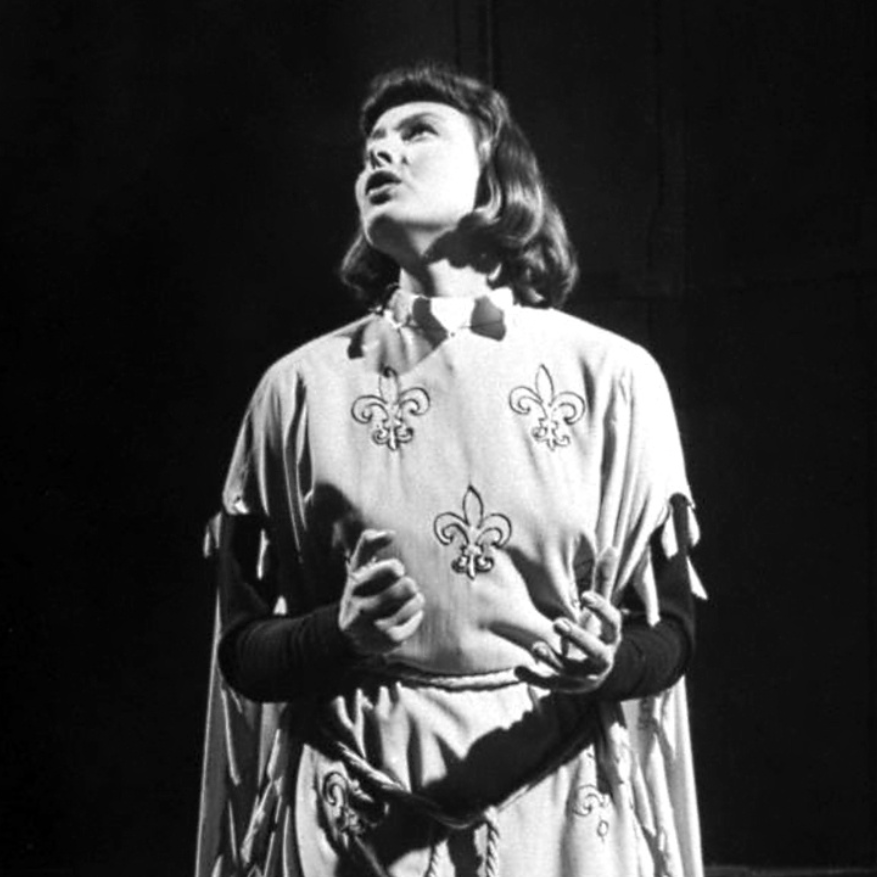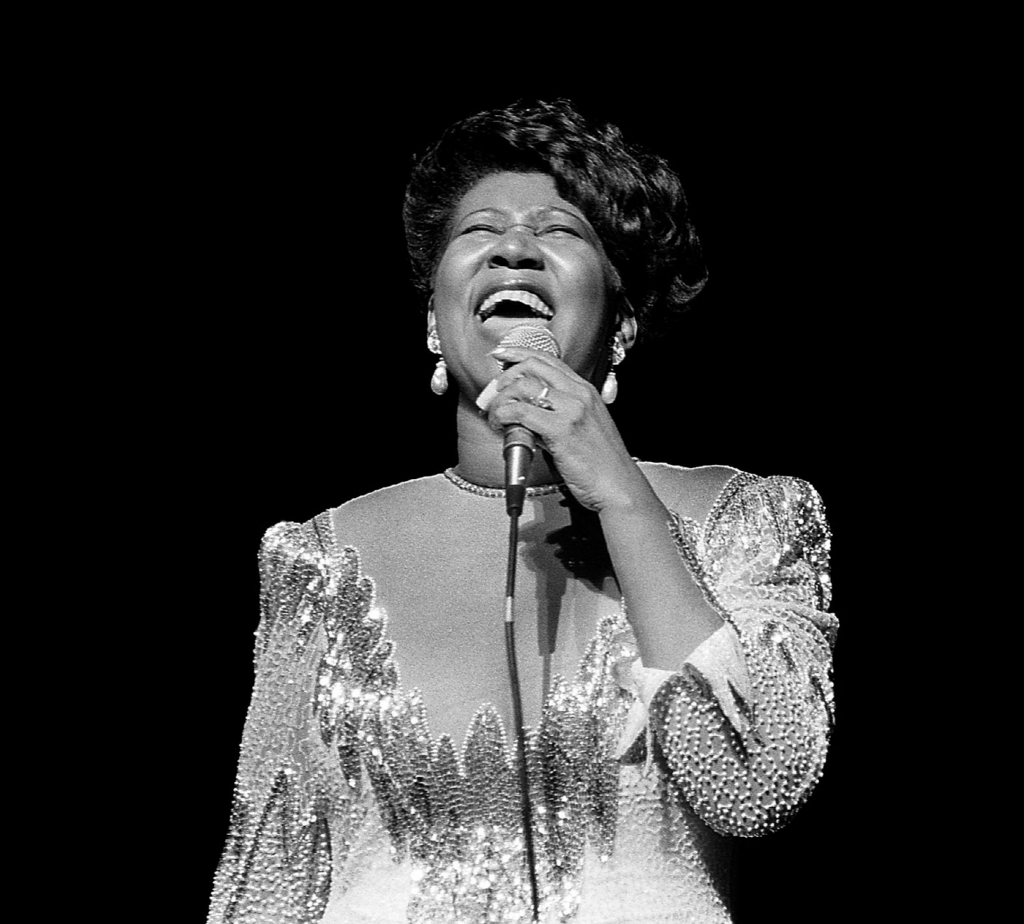The Ed Sullivan Show on CBS was a cultural touchstone of the 1950s, 60s, and 70s that will forever be remembered for showcasing groundbreaking talent. Although remembered for its leading-edge performances, the show also grappled with the challenges of network censorship, sponsorship threats, and simply Ed’s own personal beliefs and views. This era of television and media was at the forefront of conservative values clashing with the evolving landscape of music and entertainment. Come with us as we dive into some of television’s earliest examples of censorship, artistic control, and the ideas of artistic freedom.

One of the earliest examples of an artist that remained true to his artistic sense was Bob Dylan. In 1963, a then uncharted and obscure Dylan was beginning to receive praises and notoriety. Having performed at the March on Washington, Dylan received national acclaim within a specific demographic. As a result, he was approached by The Ed Sullivan Show to perform for yet another national audience, a stage known to transform many artist’s careers. Dylan wanted to perform a track “Talkin’ John Birch Paranoid Blues,” a song aimed to mock the government’s and society’s obsession with the communist party and their relentlessness to seek out its members. With the fear of public and legal backlash from the song, CBS execs requested Dylan either change the choice of song or the lyrics. To which Bob Dylan replied, “If I can’t play my song, I’d rather not appear on the show.” Bob politely refused what could have been a golden opportunity for his career. He chose not to allow external pressures to censor his freedom of speech. A choice that speaks for who Bob Dylan was as an artist and his legacy for social change.

Conversely, a world famous group also known for their provocativeness, and pushing societal norms, found themselves conforming to the censorship requests of CBS exec’s and Ed Sullivan. On Jan 1st, 1967, The Rolling Stones were set to perform their song “Let’s Spend the Night Together.” Mick Jagger was asked to change the lyrics to, “Let’s Spend Some Time Together,” to which Mick complied. Although he agreed to change the lyrics, Mick still showed his feelings towards the request, by rolling his eyes while singing the changed lyric live that Sunday night.

Furthermore, The Stones were not the only group that complied to change their lyrics. The Doors on their first and only performance on The Ed Sullivan Show agreed to change their lyrics to their hit, “Light My Fire.” However, the only difference is Jim Morrison, while singing live, performed the song his way regardless of the request. Their hit song with the lyrics “girl we couldn’t get much higher,” was thought to be unsuitable for prime-time television at the time, thus the request for the lyric change. Jim Morrison is seen during this Sullivan performance not only ignoring the request but screaming the lyrics “higher.” This act of defiance would later become an infamous story that represented Morrison’s charismatic presence and made him an icon of anti-authoritarianism and nonconformity.
However, recently, it’s come to light that this infamous story may not be so true after all. In a newly published tell all book, Set The Night on Fire, written by Doors guitarist Robby Krieger, Krieger claims the band thought Ed Sullivan was joking when asked to change the lyric. The guitarist claims there was no conspiracy to not change the lyric, and that Jim just sang it nervously like he always had. Whether Jim accidentally sang the lyric or decided to express himself authentically without censorship is left for you to decide. Ultimately, this cost the Doors to be banned from The Ed Sullivan Show indefinitely.

Men weren’t the only artists banned from Ed Sullivan’s Stage. The conservative climate of the 1950s found a Hollywood actress in a scandal of epic proportions. Ingrid Bergman, with her eternal beauty and remarkable talent quickly became America’s Hollywood darling. With huge silver screen hits like, Casablanca, starring opposite Humphrey Bogart, and The Bells of Saint Mary where she played a nun; Bergman was the epitome of wholesomeness and class. Bergman, then married to a doctor with whom she had a daughter, found herself in an international media frenzy when she embarked on an affair with a then also married Italian Director, Robert Rossellini. This affair would lead to a long period of censorship for years to come, and even a bill being introduced to Congress, to ban American films that featured actors “guilty of immorality and lewdness and moral turpitude.” However, over time Bergman ultimately found redemption in America’s court of public opinion.
In 1956, Ed Sullivan announced that he’d visited Bergman on her new film set Anastasia. He went on to ask viewers if “seven and a half years for penance,” was enough, and whether they would like to see her back on Hollywood’s big screen. As a result, thousands of letters poured in to the show, and the majority voted that it was time to forgive her. Although she never appeared on Ed Sullivan’s stage due to the scandal it was clear the outcry for forgiveness on Ed’s national platform helped solidify Ingrid’s forgiveness. Talent can prevail as Ingrid Bergman would go on later that year to win Best Actress for her film, Anastasia at the 29th annual Oscars in 1957.

Ingrid Bergman wasn’t the only woman censored from Sullivan’s stage. A young, voluptuous, mega talent, who’d go on to become the “Queen of Soul, “was also censored. Aretha Franklin, gives a famous account of being pulled from Sullivan’s lineup for her low-cut dress, because it showed too much cleavage. Aretha claims that the show’s execs asked her to change her dress because it was too revealing, to which she complied. However, her alternative dress was apparently also not up to the show’s standards. Aretha was still scrapped from that Sunday night’s show. While her ban from The Ed Sullivan Show was a significant moment in her career, it did not define Aretha Franklin’s legacy. She went on to become one of the most iconic and influential artists of her time.
Both Bergman and Franklin are a testament to the era’s prevailing moral code, specifically for women. Both artist’s talents prevailed while faced with adversity. Legend has it, movie producer David O. Selznick who helped discover Bergman, claims Bergman was always a “What you see is what you get,” kind of girl. As a result, O. Selznick claims to have said, “OK, then we’ll sell you as the natural woman.” And as we all know Aretha Franklin still reminds us that, “You make me feel like a natural woman.” Both women were unapologetically themselves, and just that… “natural women.”
Ed Sullivan, and network execs had to walk a tightrope between pushing boundaries and staying within the limits of acceptable content. Ultimately, their ability to navigate these challenges contributed to the show’s enduring legacy. This time in American television was enforced by the need to maintain societal norms and values that required censorship for the times. Censorship and artist integrity represents two sides of a complex and often contentious debate within the realm of creative expression. Ultimately, Ed Sullivan helped in pushing boundaries while adhering to the standards of the times, leaving a cultural impact for generations to come.
